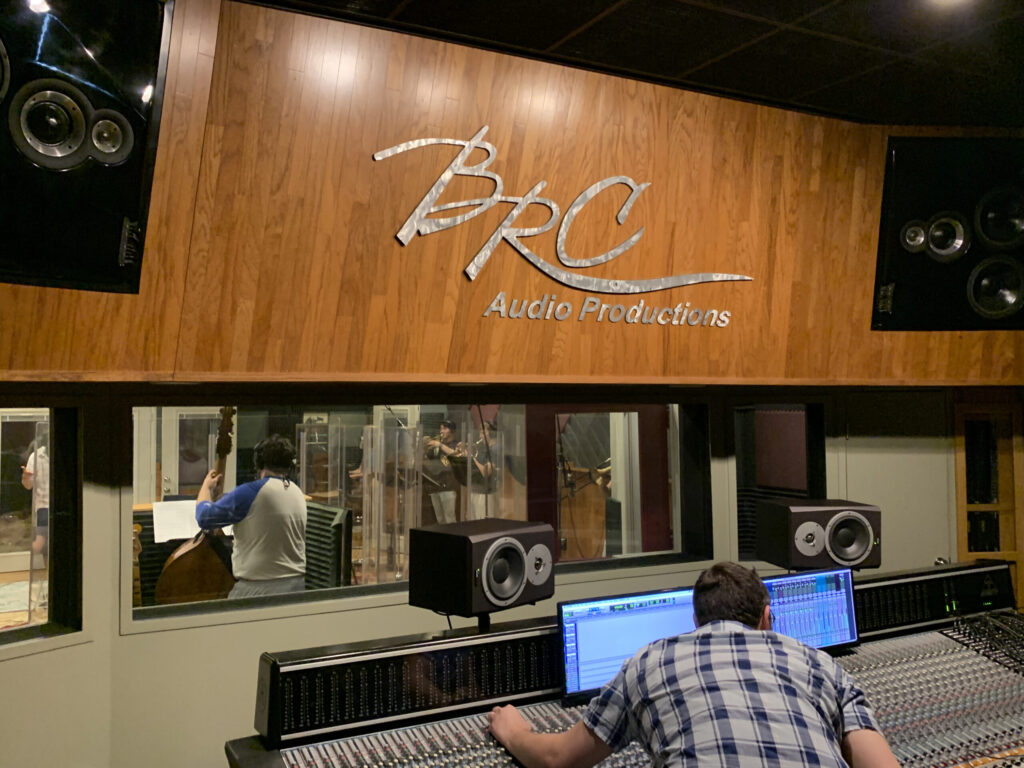SOCIAL MEDIA FOR ARTISTS IN THE TWENTIES
Article by Christopher Burnett
A quarter-century ago using the Internet was still relatively new to most of the music industry. Most major jazz artists didn’t need to use it at all. And my searches for many of them online back then validated that they indeed didn’t.
The old gatekeeper music industry economy of the twentieth century was literally belching its last gasps of relevancy and subsequently was also in crisis due to the reality that essentially ANYONE with a computer online could access ANY ARTISTS’ music they wished. The Internet helps marketing.
Marketing is how others find out about our music businesses and services as artists. I wrote a series of articles that described this initial phase of the online music distribution paradigm for All About Jazz many years ago.
The old era “big 6” major labels are essentially no more.
That’s not a good or bad thing because we consume music differently today than we did even during those disruptive changes back then. I rarely buy music unless it’s collector vinyl LPs. I stream from my subscription service.
There’s no use for the big labels unless you are an artist who needs funding to produce recordings or hope to build yourself into a major brand by using the inherent publicity a well-connected media corporation can provide.
It’s also taken decades for most major traditional entities to catch up with using this technology and then develop ways to maneuver into controlling most of the primary online distribution platforms of today.
Before smartphones and social media, we used to have MP3 music websites where anyone could promote their music and build a fanbase.
And the deal for artists then was that their music was valued as primary content by the MP3 music websites to the extent that any profits from any advertising revenues that were earned were shared with the artists.
Revenue was earned by the companies because of on-page advertisements that were triggered when listeners visited the MP3 music websites where the artists’ music was posted and subsequently played.
That MP3 model was replaced by social media but that era also validated a new music industry model where musicians brought their recorded music directly to their “fans” can work effectively to empower independent artists.
Look up the history of audio compression formats (M.I.T. article) to learn about MP3 technology.
And for context? MP3 technology back then was relative to digital music distribution as gigabit connection speed now is relative to the Internet.
What a concept. Both the platform and the content provider were able to reach people around the world equitably.
Achieving dominion over the Internet only took the new major media companies of today the better part of two decades. And the new major media companies are no longer the recording labels of old or music companies at all.
The artists’ career tasks toward achieving economic autonomy are always fluid and many — but worth the investment toward mastery. We seem to adapt.
Facebook Meta and its subsidiary Instagram, TikTok, Twitter, YouTube, and LinkedIn are among the new major media companies of our times that seem to affect the music industry in the most impactfully disruptive ways.
But, the strategy for indie artists is still essentially the same.
That’s the beauty of the Internet. It’s a leveler of the playing field. If you have a website and an email list, you don’t really need the new major media companies – only your Internet Service Provider (ISP).
If you weren’t around to have seen everything in the digital music distribution age come into being, you likely don’t realize this fact. And that’s a fact new major media companies seem to hope you don’t know.
Unlike the old MP3 music websites, there’s no artist equity in social media. Most companies today are in effect more greedy.
They want to control nearly everything in the entire media spectrum and they always want a disproportionately large share of the profit to be earned.
Artists build thousands of genuine followers and the social media platform doesn’t allow all of your communications to reach your followers unless you buy advertisements. The algorithms vary but don’t favor you.
And then if you succumb to buying the ads, those paid advertisements you purchase still don’t reach all of your followers.
Use your own old-fashioned email list.
Unlike the immediacy of an opt-in emailing list, most followers on social media don’t even know about your messages much of the time due to restricting funnels and filters being applied to your content.
These user content restrictions are typically only modestly lifted when you pay for advertising to promote a post to reach your own fans.
The state of the industry is not as bleak as even the historical descriptors in this article would perhaps portend.
Recordings for most artists are objectively marketing vehicles toward getting hired for other work and serve most of us as primarily archival career history documents.
The key to success remains to build your own brand and partnerships, which is virtually the same as it has always been for independent artists and creators.
Don’t fall into “buying followers” on social media. Build your own platform website and use the social media companies as extensions of your brand.
Most of us don’t need millions of followers nor seek to rule the entire music world. Most of us simply wish to be successful in reaching others with our art and simply want to live a great life as members of the creative class of humans.
Artists only need to reach like minds who appreciate our art and those patrons will ultimately sustain us.









